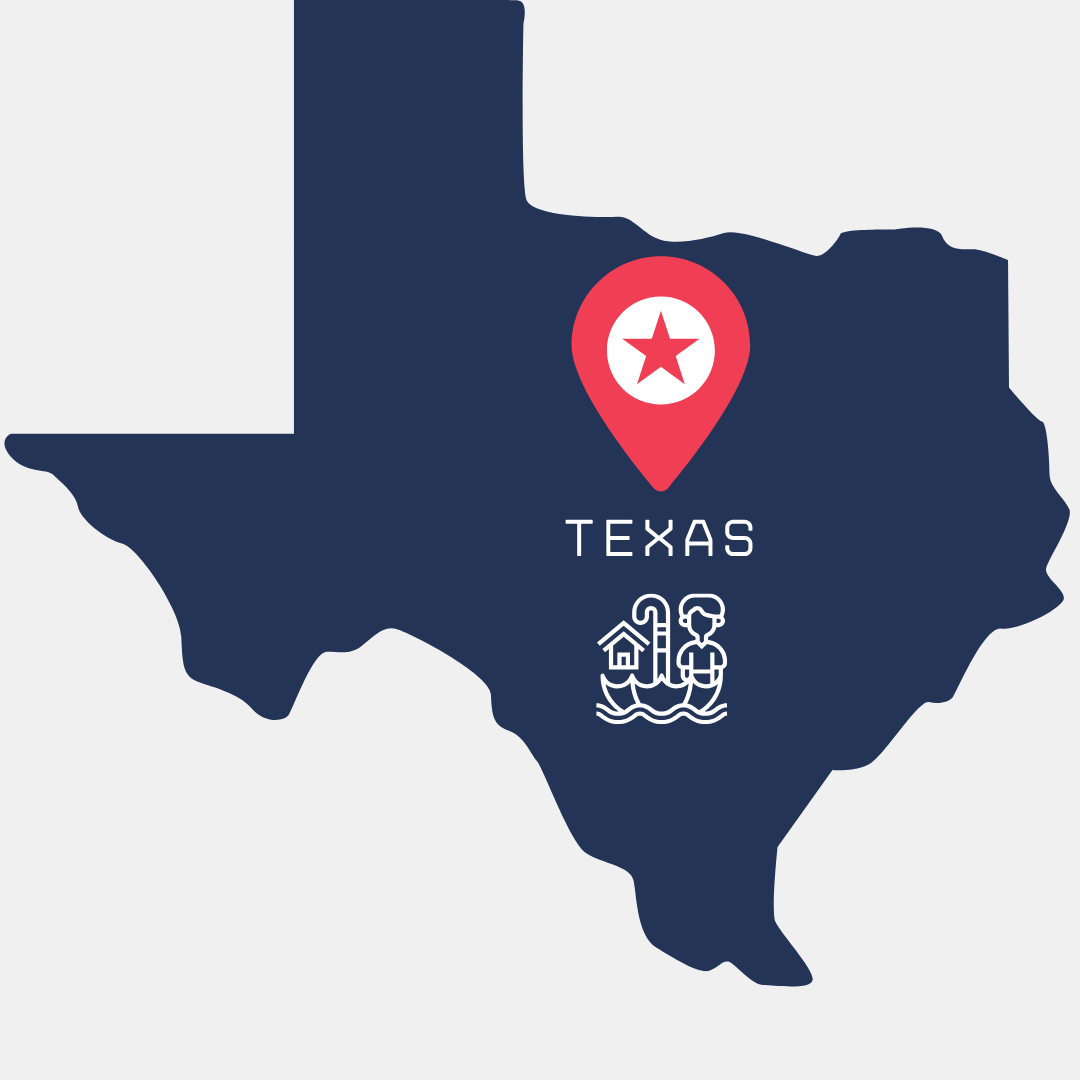Texas floods: Why is it important to rethink resilience and risk financing
Anita Punwani takes a look at the challenges of risk finance on local communities in the aftermath of Texas floods that resulted in significant losses, highlighting the need for governments to take more responsibility as well as build resilience on a local and national level.

Image by sketchify | Canva
On the night of July 4, 2025, torrential rains caused the Guadalupe River in the US to swell, which resulted in devastating floods in Texas Hill Country. It is estimated that the floods have claimed 134 lives, while 101 people are still missing. The hardest hit was Kerr County, with 107 confirmed deaths, including 37 children. Many homes were destroyed in the aftermath of the flood, and Camp Mystic, a Christian summer camp for girls on the riverbank, was swept away.
The effects of such extreme weather events on communities are evident. More importantly, this is happening in one of the richest nations in the world. While the region is accustomed to flash floods, climate events have altered how effective safety protocols are.
Labelling such weather events as a ‘once in a 500- or 1000-year’ occurrence is no longer valid. The assessment of risk cannot be modelled based on historical data, especially given the rising number of people who are at risk.
Financial foe
While lessons can, and will, be learnt in the aftermath of these catastrophes, a key consideration is the question of risk finance. Traditionally, insurance has been a reliable form of risk financing and will continue to be one form of handling risk. However, communities cannot rely on insurance alone. Such events are resulting in significant uninsured losses, meaning governments at an international, national, and local level must take on greater levels of responsibilities to handle them.
A long-term approach needs to be taken in strengthening the resilience of communities and the natural environment. The focus on sustainability has primarily been placed on progress reporting, such as meeting net-zero carbon targets. However, it must go beyond this. It needs to consider building resilience in infrastructure, investing in sustainable consumption and production, such as using low-carbon products, and targeting more energy-efficient and waste-reducing schemes. Changes to the design, plan, construction, operation and decommissioning of a built environment are also essential. To note, the built environment includes the infrastructure which powers the needs of information and communication technology, such as networks and data centres.
At the local level, these activities should be carried out in consultation with local communities, businesses, public authorities, nonprofit organisations, and professionals from the continuity, contingency, disaster response, and recovery planning fields. At a practical level, developing guidance codes for sustainable buildings, water and energy infrastructure, sea walls, flood protection systems, road and bridge drainage, and continuity planning is vital. This also includes building resilience in the management of land, crops and marine environments.
Using this approach, local communities and the environment will be protected from the devastation we are witnessing.
Anita Punwani CFIRM is a risk, continuity and governance professional with 30 years of experience spanning the public, nonprofit and private sectors and has conducted research in crises, resilience, and future risks, as well as international aid and assistance, global governance and ethics.